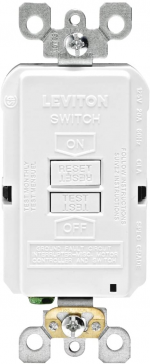- Location
- Chapel Hill, NC
- Occupation
- Retired Electrical Contractor
But now they maybe need to define "window"?? Open front cabinet maybe has a "window" instead of a door on it? Some call an opening in a wall with no glass or no door a window or even "pass through window".
We might not be done with changes here.
It is murky. NC put "doors" back in but excluded "cabinet doors" But it has not passed yet as we still use the 2017 for residential wiring.


